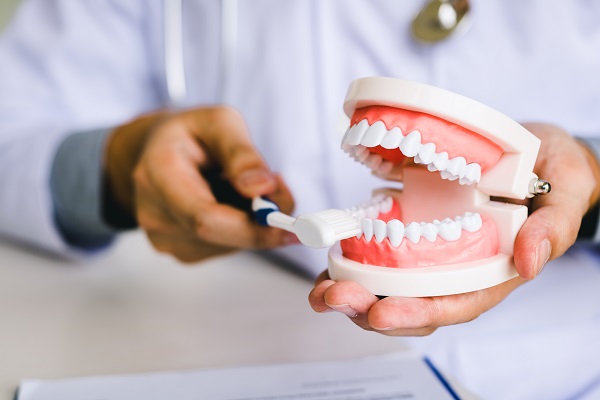Types of Teeth: Incisors, Canines, Premolars and Molars

You have probably noticed that certain teeth have a different shape than others, but have you ever wondered what the purpose is for the different types of teeth?
Teeth are much more than an aesthetic property; they serve a very important role in our ability to function normally on a day-to-day basis.
Different types of teeth
All of our teeth serve an important role, and it is crucial to take proper care of them in order to chew, bite and tear in a normal manner.
There are four different types of teeth: incisors, canines, premolars and molars.
Incisors
The incisors are the most visible teeth in the human mouth, as they are the group of teeth in the very front. In total, each person has eight incisors: four on the bottom row and four on the top row.
While incisors may seem insignificant and only there to aid in appearance, they are just as important as every other type of teeth in the mouth. Incisors' main functions include biting into food and helping to pronounce words. In addition, incisors also help support the lip as well.
Canines
Canines are the four sharper, pointed teeth on each side of the incisors. Canines are very similar to incisors in that they also help with biting and tearing food.
Additionally, canines help guide the mouth closed when the upper and lower jaw come together. Without canines, eating harder foods, such as meat and hard fruits and vegetables, becomes much more challenging.
Canines generally come through around the age of nine or ten years of age, and the lower canines usually come through before the upper canines.
Premolars
Premolars, or bicuspids, are located behind the canines and in front of the molars. There are a total of eight premolars, with four being located on the bottom row of teeth and four located on the top row of teeth.
Premolars' main purpose is to chew and crush food, and they are sometimes used for tearing as well. Additionally, premolars help keep the shape of the face, and the absence of premolars can lead to a change in one’s appearance.
Premolars are typically very strong and are capable of enduring a large amount of pressure.
Molars
There are also eight molars (four on the bottom and upper row of teeth). Molars are very strong and are located in the farthest back part of the mouth. The main purpose of molars is to chew and crush food, and they are essential to eating in a normal manner.
Third molars, otherwise known as wisdom teeth, are also considered to be molars, although many separate wisdom teeth into their own category.
Since molars are exposed to much more jaw pressure than other teeth, it is important to protect them properly by practicing good oral hygiene and wearing a mouthguard at night if grinding teeth while asleep is a problem.
Request an appointment here: https://cosmeticdentistsilverspring.com or call Lee Dentistry at (301) 605-1123 for an appointment in our Silver Spring office.
Check out what others are saying about our services on Yelp: Read our Yelp reviews.
Related Posts
Dental bridges, also referred to as tooth bridges, are one of the most common ways to restore and replace teeth. They are used within general dentistry in order to improve a person’s oral and dental functionality. In this article, we discuss what a tooth bridge is and how it functions. This information can be helpful…
Dental bonding is a simple and effective way to make immediate improvements to the smile by covering stains or fixing small chips, cracks, and gaps in the teeth, providing immediate improvement. The process is painless and quick and does not require major changes to the natural teeth. Those looking for an easy and affordable way…
Whether you are about to book an appointment for tooth implants or you have just undergone the procedure, you probably want to learn proper aftercare to ensure healing and recovery. One of the questions that patients often ask is what and what not to eat after surgery. Although placing implants ensures that you have dental…
Root canal therapy is an effective way to restore infected teeth. However, like any procedure, there are cases where complications arise and the treated tooth may not heal as expected. It is important to know the signs of root canal failure so that you can get the tooth treated again as soon as possible. Addressing…
